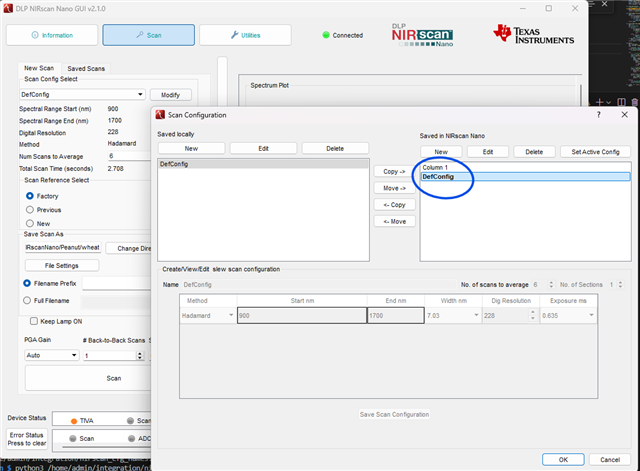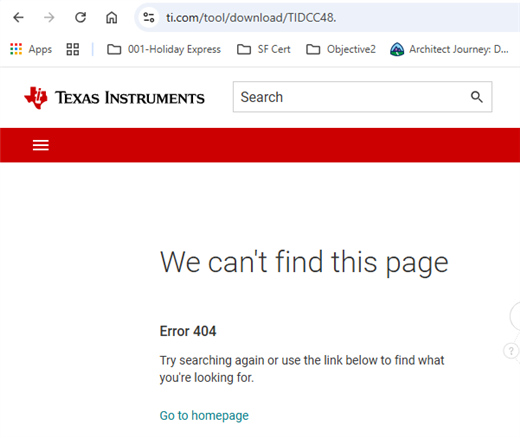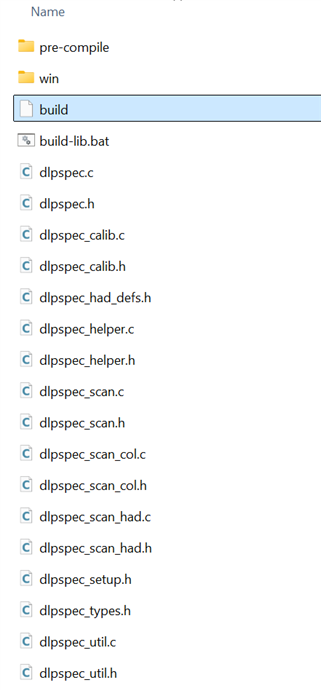Other Parts Discussed in Thread: DLPNIRNANOEVM
Tool/software:
Hi, I am trying to integrate the DLPNIRNANOEVM board on to RPi4 through usb. My python program is running, blubs are activated but failing to run scan.
The logs state that "Export a config from GUI and pass --cfg-file."
However I did not see any GUI feature to export the config.
Can you please help?
python3 /home/admin/integration/NewScan.py --vid 0x0451 --pid 0x0 --cfg 0x01 --out ~/nir_scans/scan_raw.csv --u16 --log DEBUG
If you get permission errors, add and reload udev, then replug:
SUBSYSTEM=="hidraw", ATTRS{idVendor}=="0451", ATTRS{idProduct}=="0000", MODE="0666", TAG+="uaccess"
2025-08-11 18:19:05,594 DEBUG Opening HID 0451:0000
2025-08-11 18:19:05,594 WARNING open(vid,pid) failed or wildcard (force-enumerate); trying open_path
2025-08-11 18:19:05,611 INFO Opened via path: b'1-1.1:1.0' (VID:PID=0451:4200)
2025-08-11 18:19:05,611 INFO >> GET_HIBERNATE (READ) grp=0x03 cmd=0x0F data=[]
2025-08-11 18:19:05,612 DEBUG READ try variant=gc_len_grp via feature
2025-08-11 18:19:05,615 DEBUG TX (feature): 00c0000200030f00000000000000000000000000000000000000000000000000000000000000000000000000000000000000000000000000000000000000000000
2025-08-11 18:19:05,617 DEBUG RX (feature): 000000000000000000
2025-08-11 18:19:05,618 DEBUG GET_HIBERNATE len=0 mode=data-only data=[]
2025-08-11 18:19:05,620 INFO >> SET_HIBERNATE(0) (WRITE) grp=0x03 cmd=0x0E data=[0]
2025-08-11 18:19:05,623 DEBUG TX (output): 00400003000e0300000000000000000000000000000000000000000000000000000000000000000000000000000000000000000000000000000000000000000000
2025-08-11 18:19:05,724 INFO >> DLPC+LAMP ENABLE (WRITE) grp=0x01 cmd=0x05 data=[1, 1]
2025-08-11 18:19:05,727 DEBUG TX (output): 0040000400050101010000000000000000000000000000000000000000000000000000000000000000000000000000000000000000000000000000000000000000
2025-08-11 18:19:05,828 INFO Connected & lamp command sent
2025-08-11 18:19:05,829 INFO >> GET_NUM_CFGS (READ) grp=0x02 cmd=0x22 data=[]
2025-08-11 18:19:05,830 DEBUG READ try variant=gc_len_grp via feature
2025-08-11 18:19:05,832 DEBUG TX (feature): 00c0000200022200000000000000000000000000000000000000000000000000000000000000000000000000000000000000000000000000000000000000000000
2025-08-11 18:19:05,835 DEBUG RX (feature): 004000000000000000
2025-08-11 18:19:05,835 INFO << NUM_CFGS -> 0 (mode=data-only raw=[0, 0, 0, 0, 0])
2025-08-11 18:19:05,838 ERROR Device reports 0 stored configs AND no --cfg-file provided. Export a config from GUI and pass --cfg-file.





